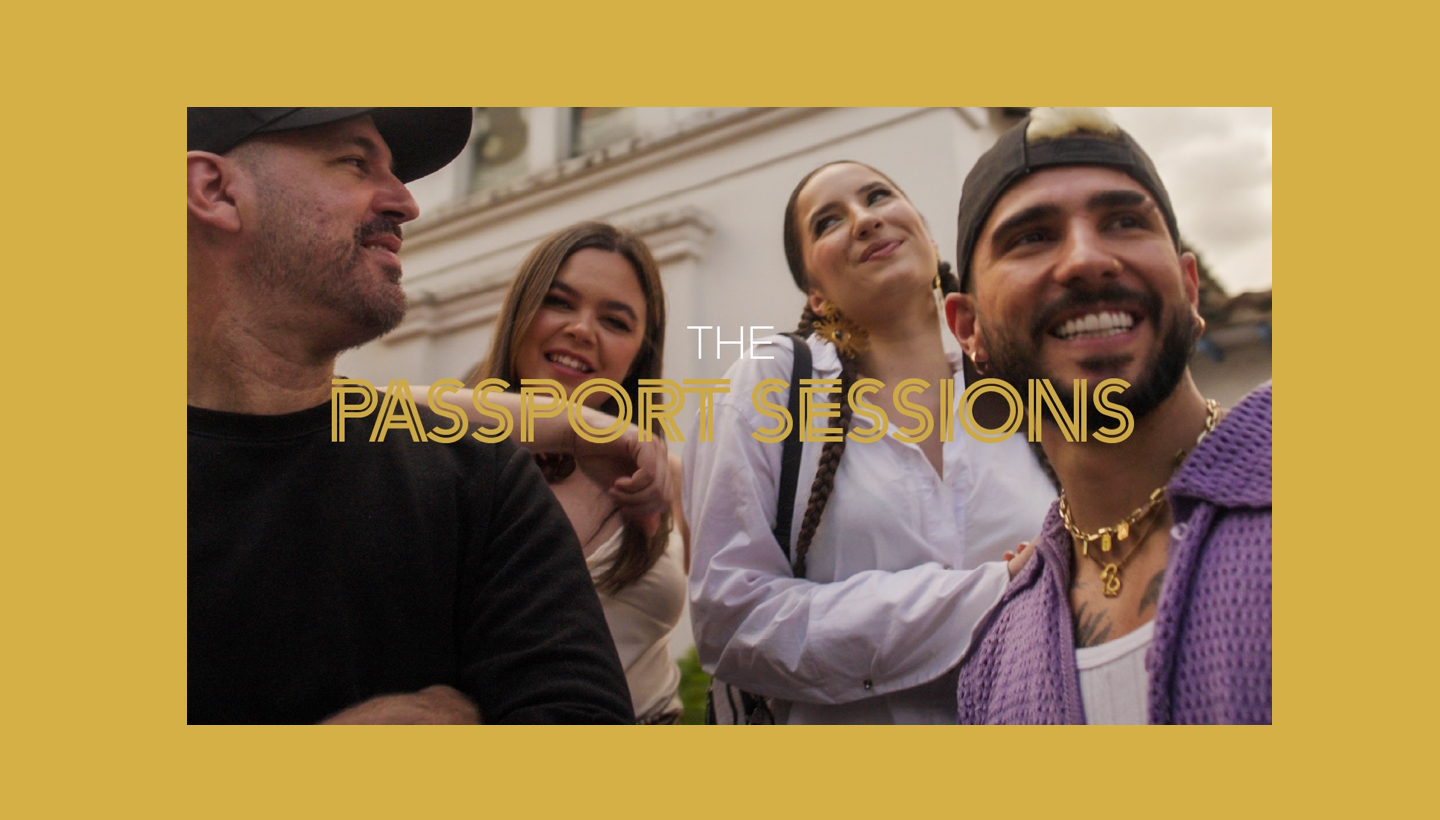
Frequent flyers already know some of the melodic perks that come with Spotify’s Delta partnership. Travelers have in-flight access to Spotify’s This Is… mixtape series and easy perusing of the Kids & Family hub on Delta’s industry leading seatback entertainment. Now, the Spotify x Delta partnership is expanding with a new social docu-series, The Passport Sessions.
Available for passengers to watch for free in-flight, The Passport Sessions showcase how artists and their music can influence cultures on the other side of the world. In each episode, two songwriters, producers, or artists will travel to a twin city—locations that share similar cultural and historical identities—and will be hosted by two local artists. The episodes will follow the creators on their journeys as they write and record music, and explore the destination’s food, culture, and history.
“Music has a powerful way of uniting people, whether through shared musical tastes, influences, favorite artists, or culture,” shared Enrique Marquez Paris, Songwriter and Publishing Relations Manager at Spotify. “By bringing together emerging artists, songwriters, and producers from different parts of the world, The Passport Sessions give a rare glimpse into the songwriting process, showing firsthand how music and travel can inspire new connections and, ultimately, new art.”
We’re kicking off the series with “From Miami to Medellín,” which features Andy Clay and maye taking off from Florida and touching down in Colombia to meet and collaborate with Juan Duque and Aria Vega.
So what was the experience like? Aria, maye, and Andy share details.
How did your culture influence the song that you created during the inaugural Spotify Passport Sessions song camp?
maye: I’d like to think that we each added our own flavor to the song. It was definitely a challenge to make this song and see how all of our influences coexisted.
Aria: The language and expressions used in the song are a real part of how we express ourselves in Colombia. Afrobeats are also really popular on the Caribbean coast, so it was cool to have a little bit of influence from that.
Andy: The song we did was a perfect mix of the different flavors of all the writers and producers involved in the creative process. A little bit of afro, urbano, and pop defines the musical essence of our song.
What did you learn about yourself from this experience? What did you learn from your collaborators?
maye: I learned how to go with the flow and allow the song to unfold. From my collaborators, it was inspiring to see how everyone came up with ideas on the spot.
Aria: I learned to step out of my comfort zone. I usually work with two producers that know me and my taste in music so well that I don’t have to communicate what I like and don’t like. I also rarely work with songwriters. It was nice to meet and communicate with other people and learn from their talent, culture, and artistry. I also learned how they perceive a song from their artistry. That sounds simple, but it’s a whole world of melodies, harmonies, language, expressions, culture—it’s a lot.
Andy: I learned about the incredible music Aria and Juan are doing. I was already aware of the incredible job maye was doing with her project. I really enjoyed having three artists who were so different but at the same time so connected with the same energy, while writing our song.
How does travel impact both production choices and the songs you write?
maye: Traveling is a way to keep me inspired by absorbing whatever culture, sights, and traditions the place has to offer.
Aria: Travel impacts the songs I write because getting to know new places, their traditions, foods, their way of speaking, and overall culture is really inspiring.
Andy: It has a great impact. Being in a different city with different weather, food, and musical influences give you another perspective on what we do!
The next time you’re flying with Delta, check out The Passport Sessions, located in the ‘Series’ section on your seatback entertainment screen. If you’re landlocked, you can still check out some of Andy and maye’s journey below.




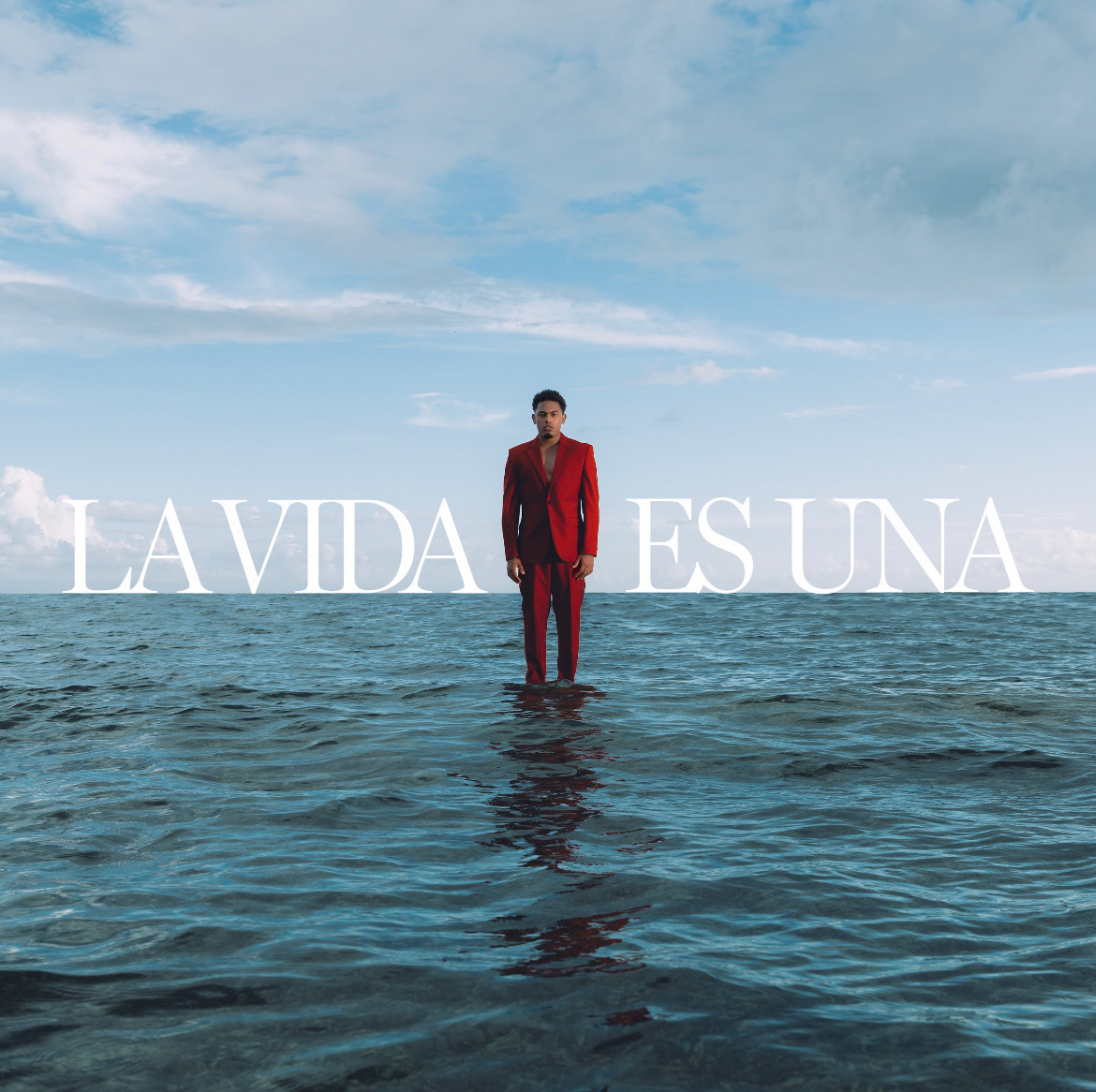
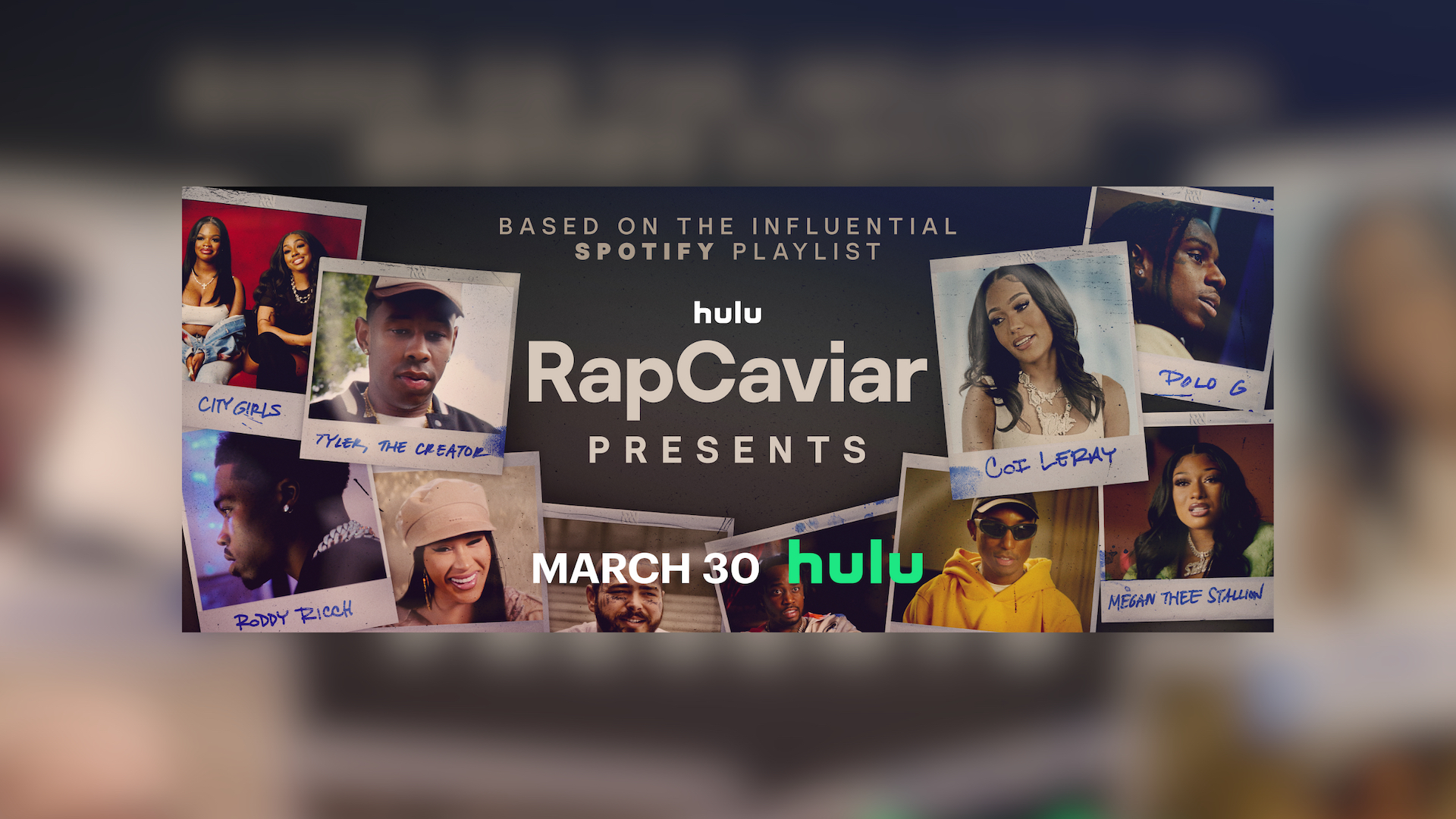
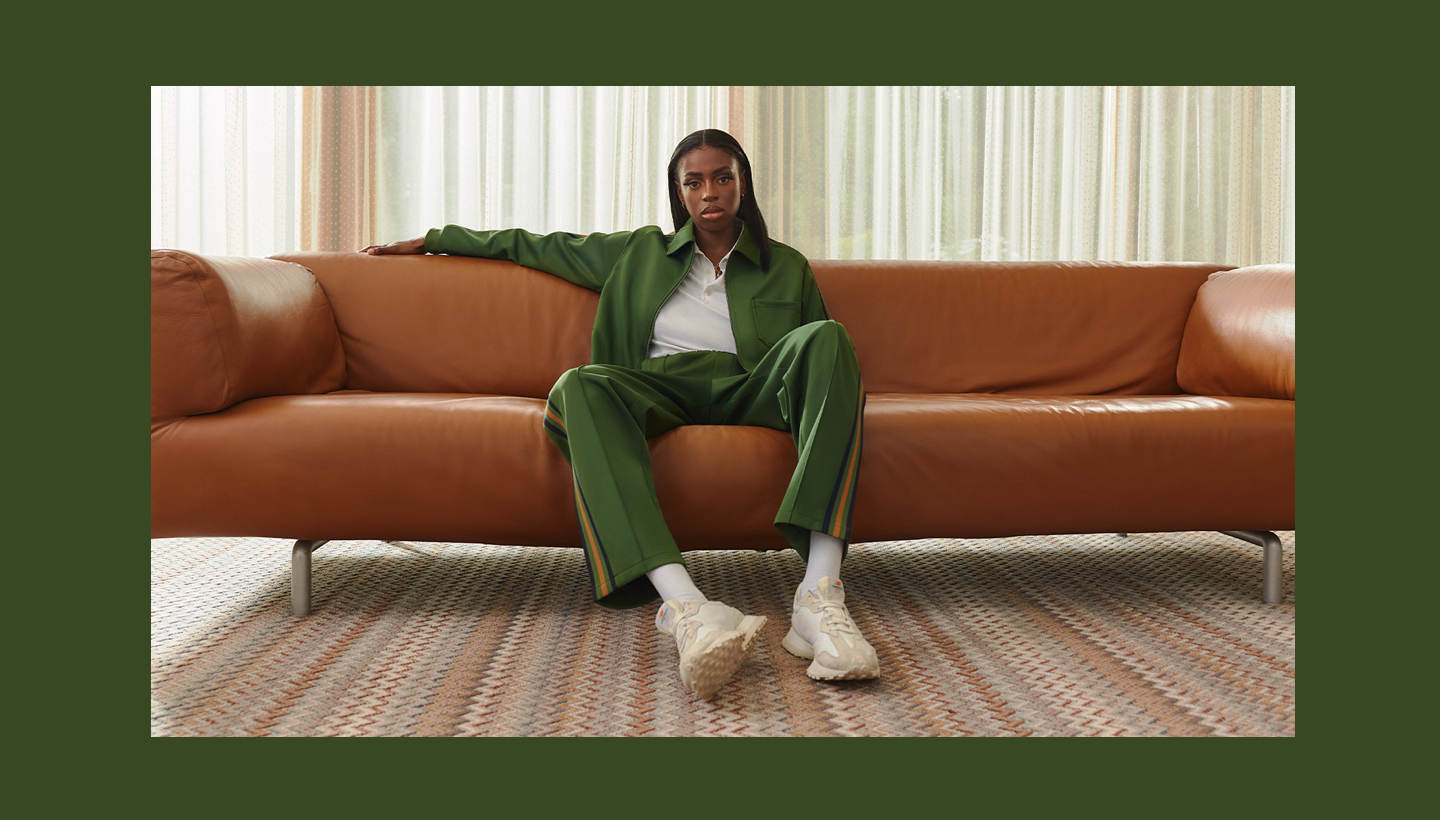
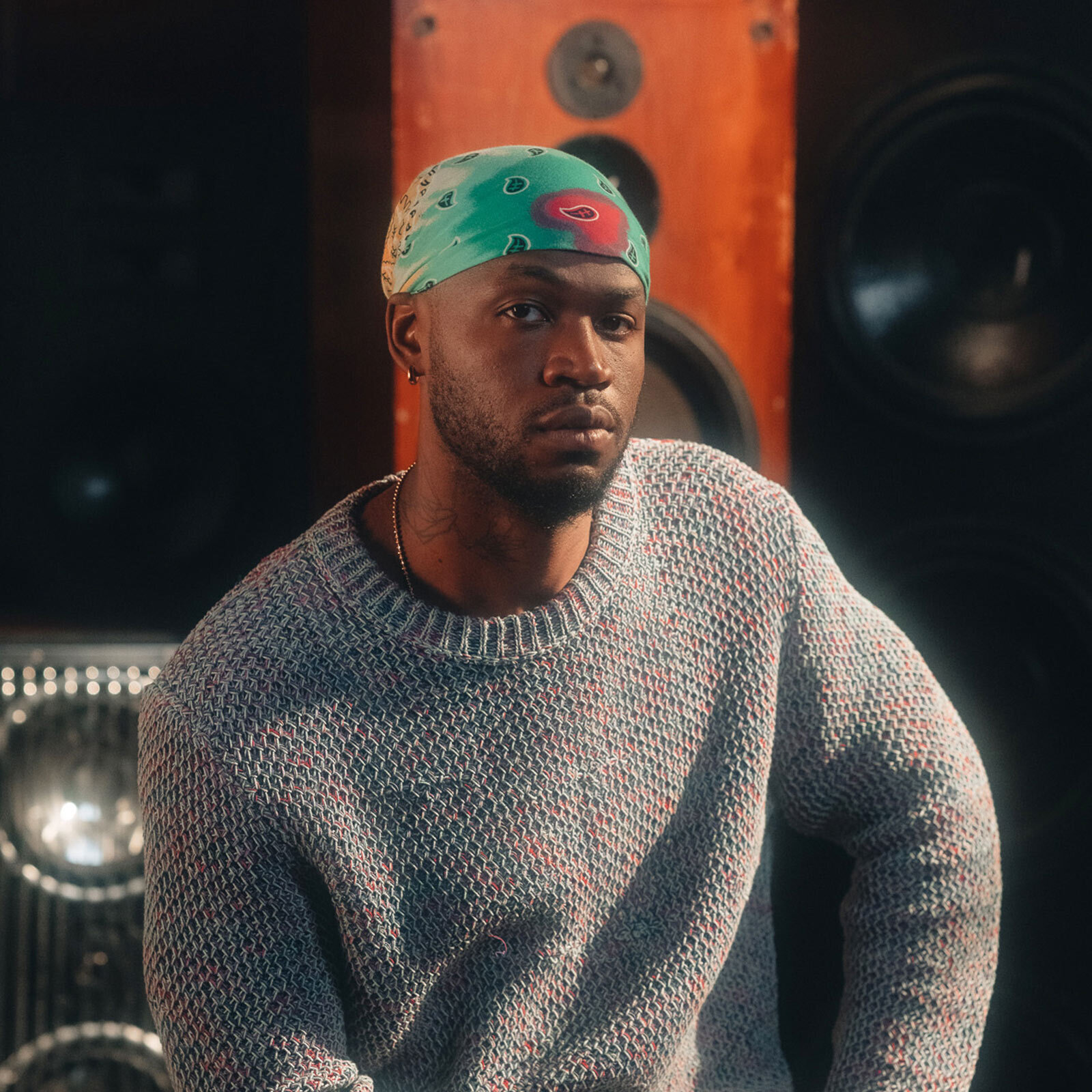
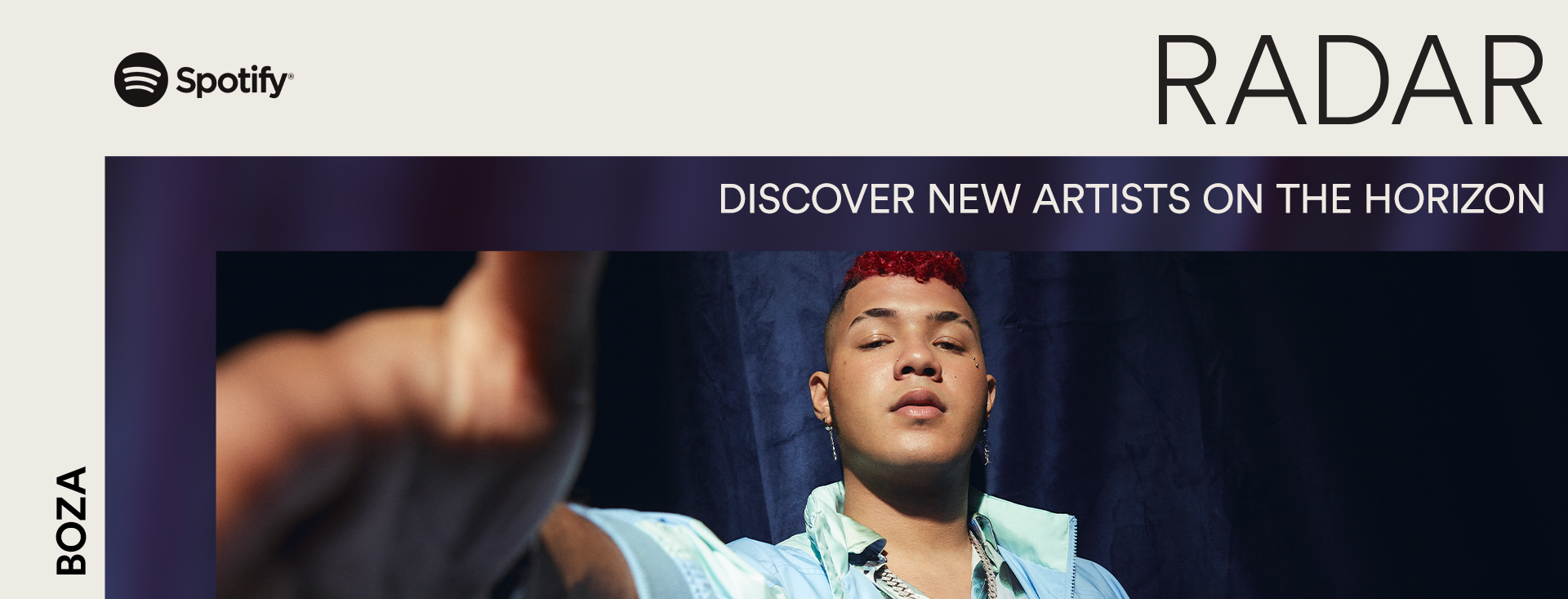

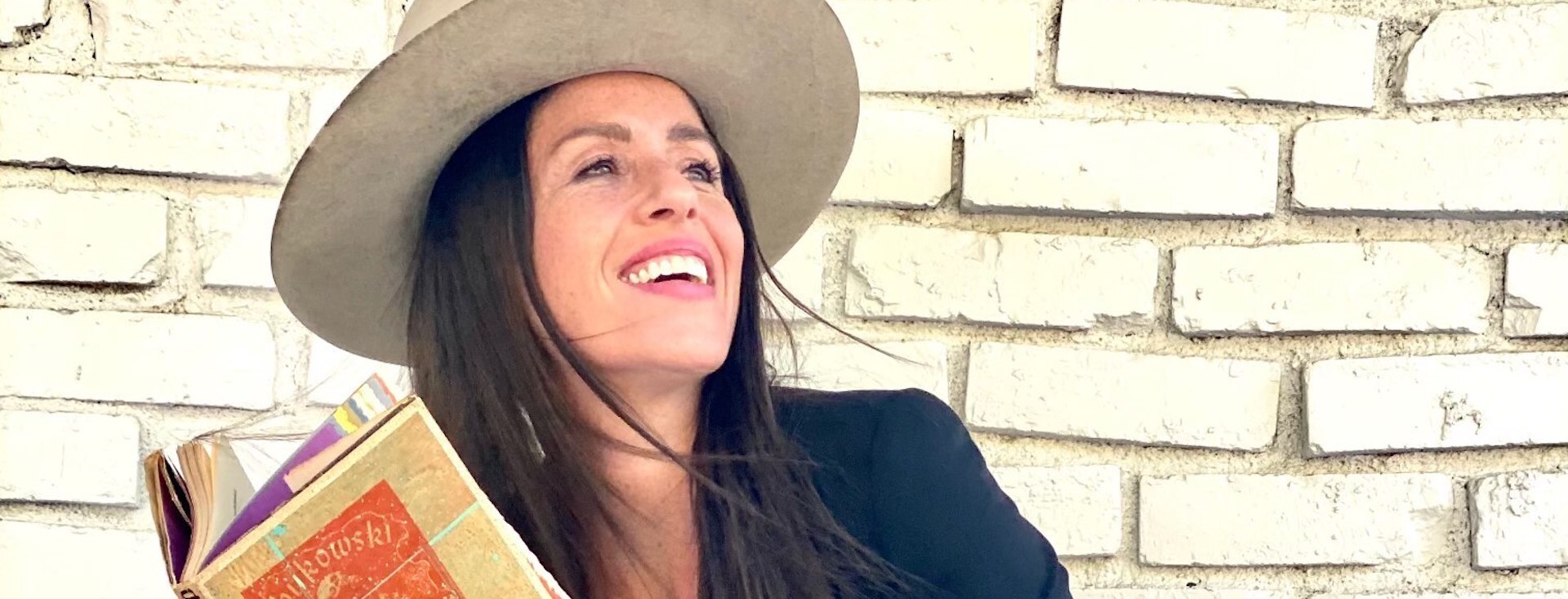
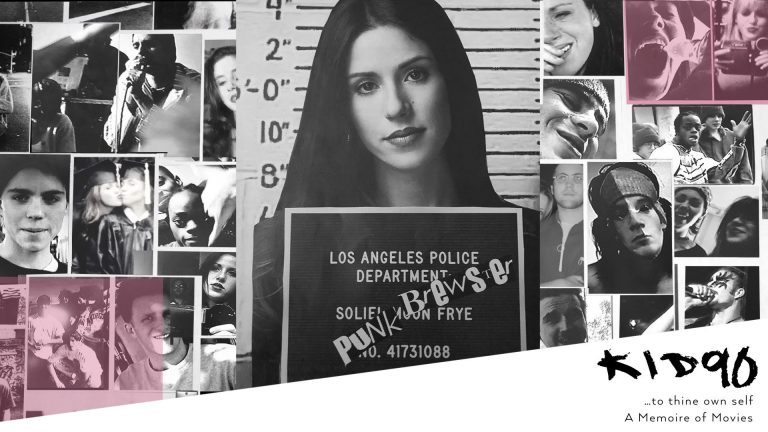
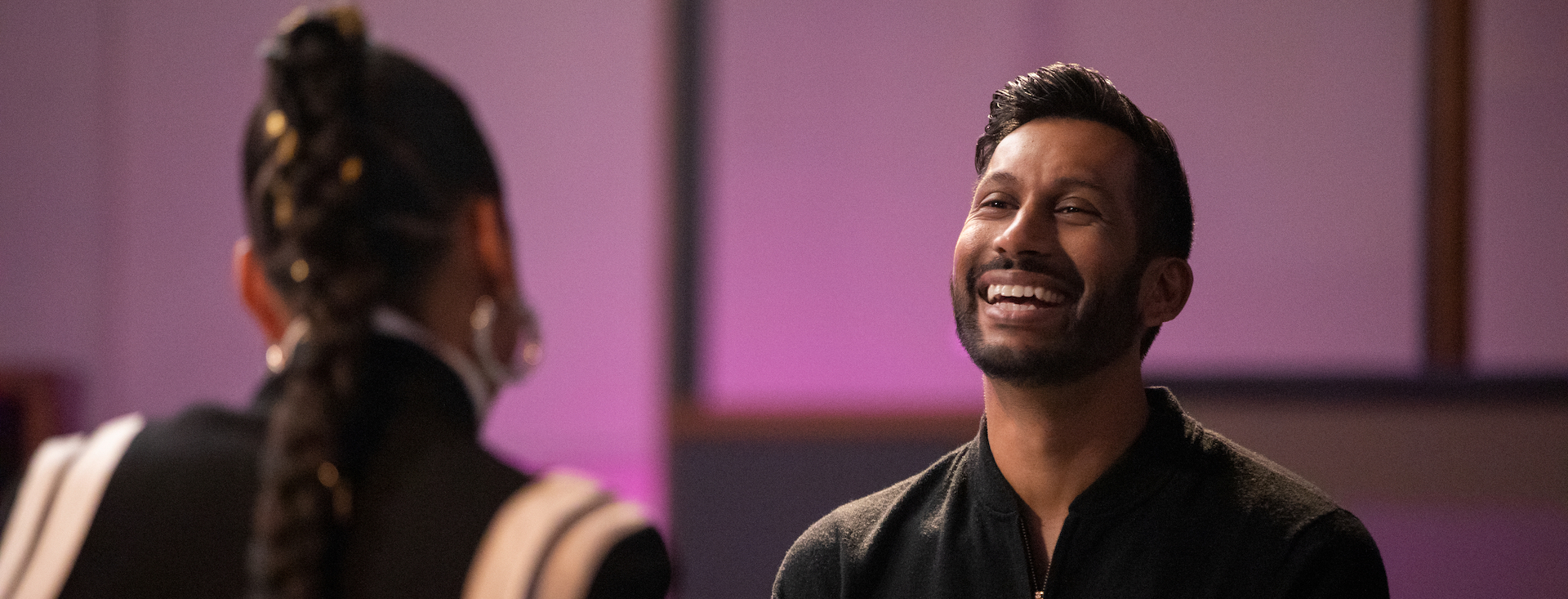
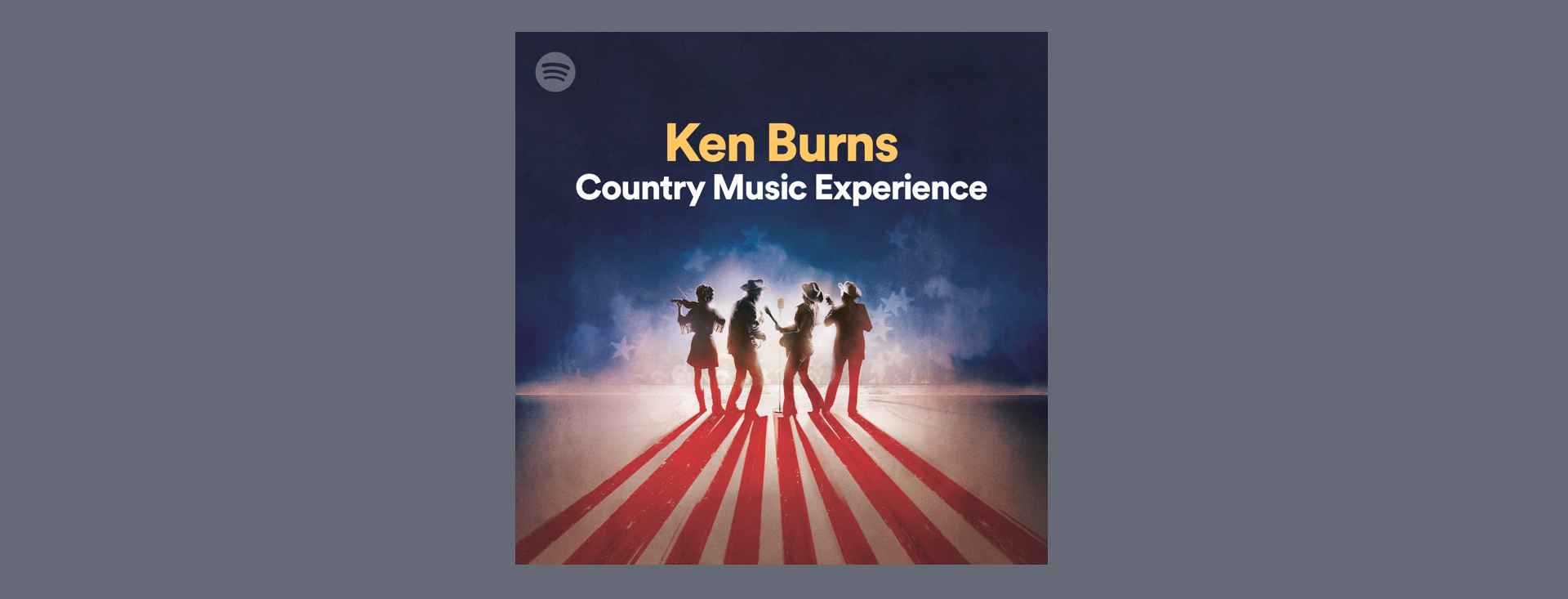
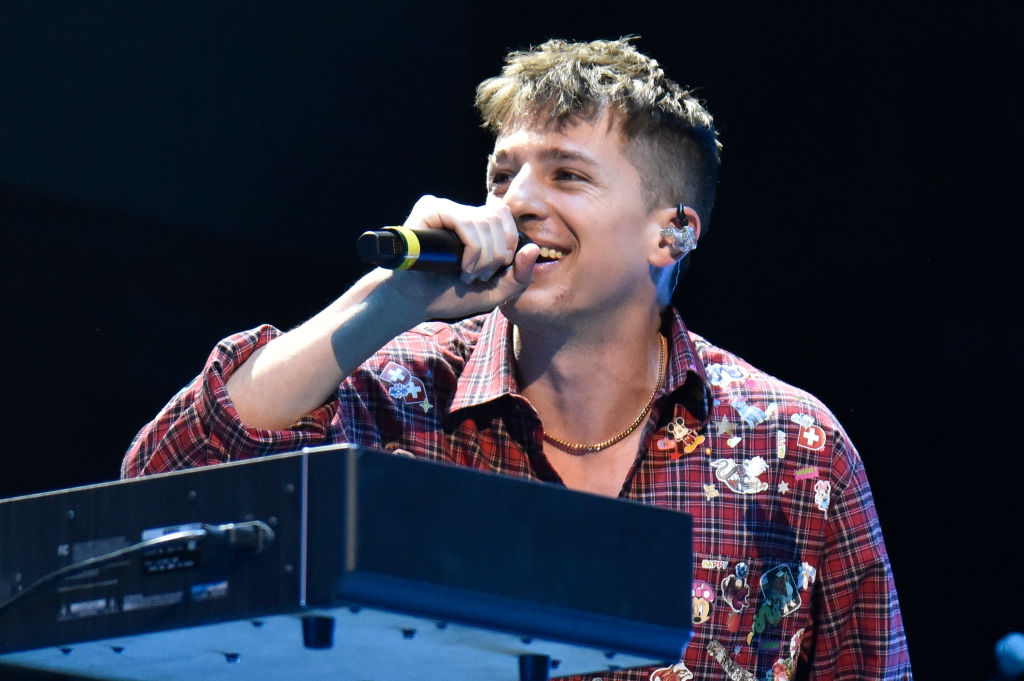
Recent Comments